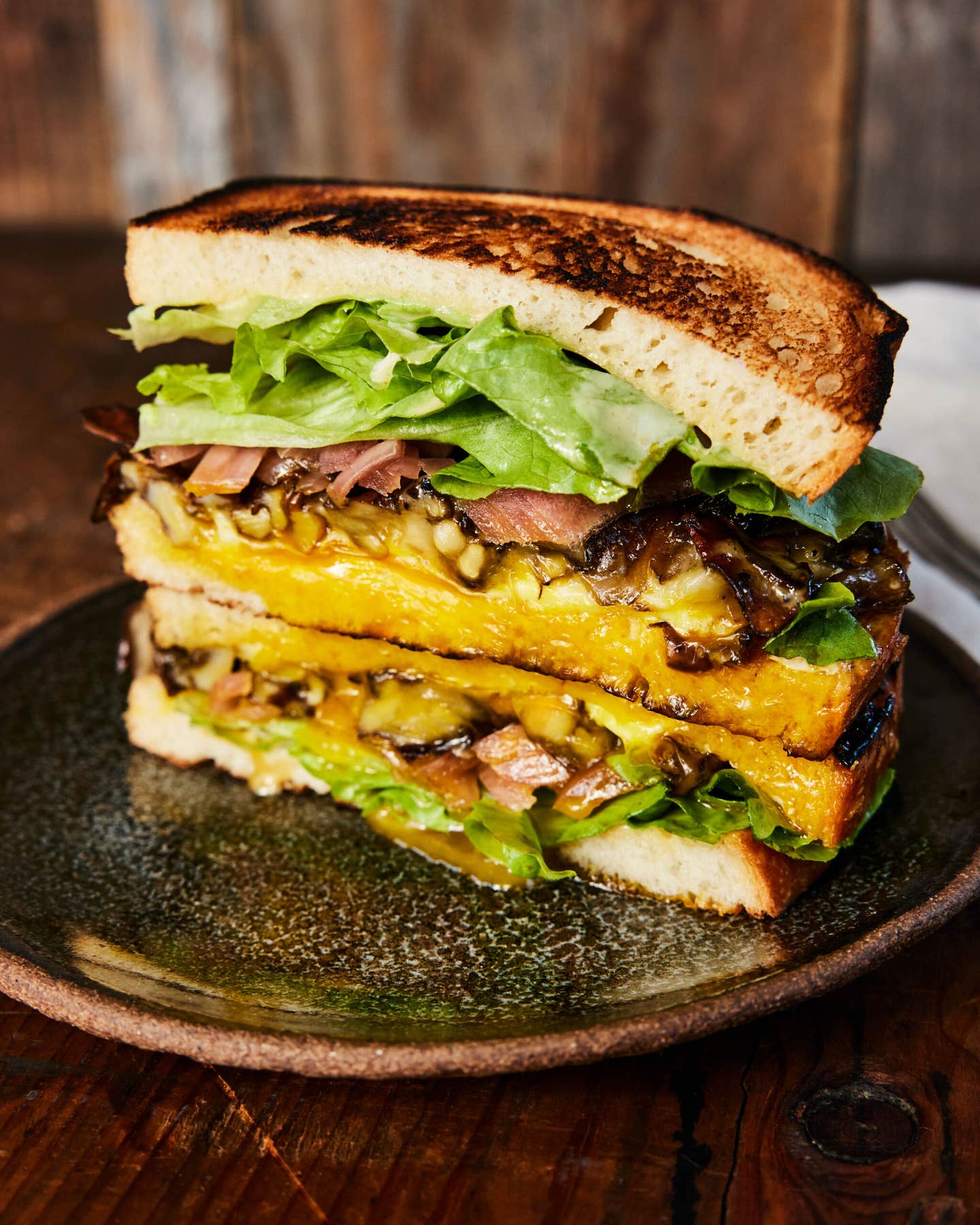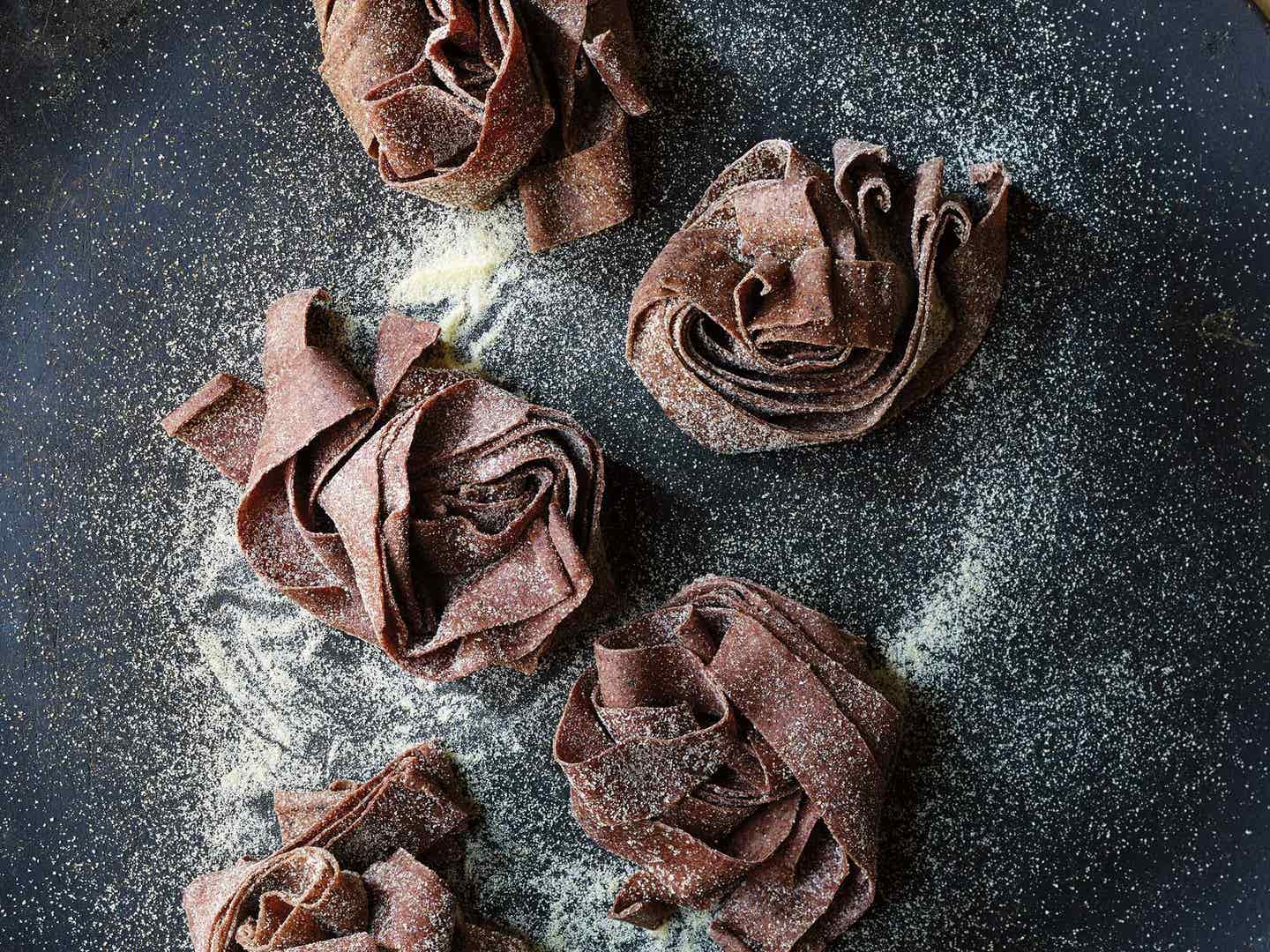
5 Unsung Pasta Classics Every Carb Lover Should Try
There are 60 million people in Italy and, it seems, as many different ways Italians make pasta. We tracked down five great dishes that represent a sampling of this rich variety as well as the people, ingredients, and traditions behind them
Five should-be-classics from five regions. There are 60 million people in Italy and, it seems, as many different ways Italians make pasta. We tracked down five great dishes that represent a sampling of this rich variety as well as the people, ingredients, and traditions behind them.
Grano Arso Orecchiette with Zucchini Leaves
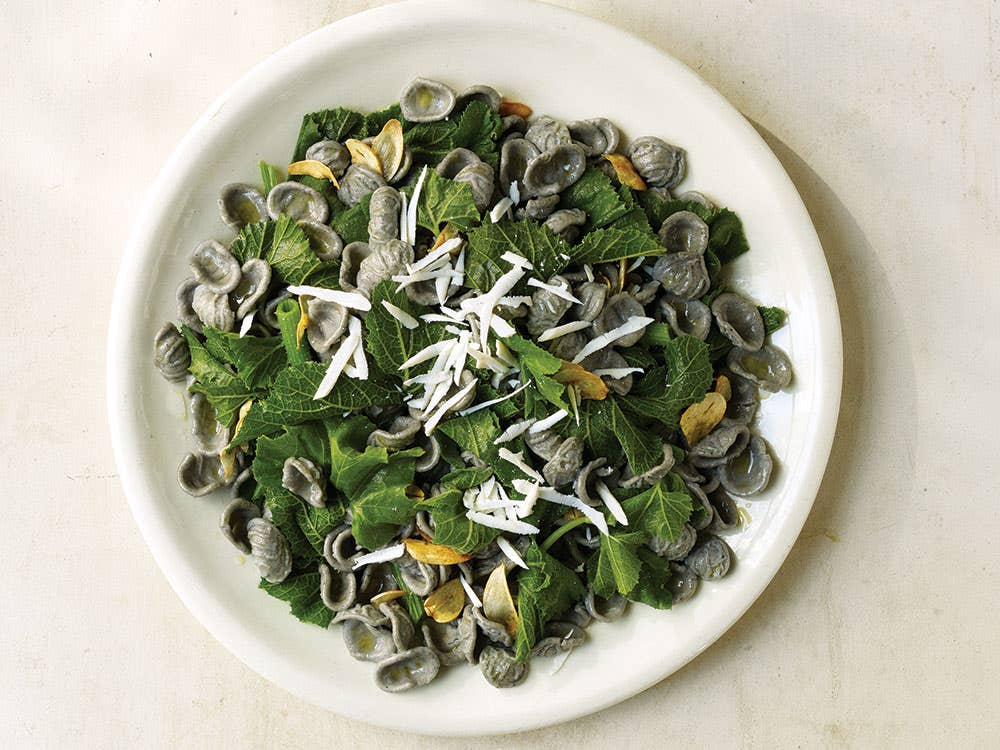
Farina di grano arso, or "burned wheat flour," originally referred to the flour made from scorched wheat scavenged from burned fields in Puglia. It's believed that after harvest, farmers set fire to the remains of the wheat crop to help fertilize the soil and control weeds and pests. Poor farm workers and neighbors were allowed to pick up any toasted bits left behind, which they ground into flour for pastas and breads.
While the fields are no longer burned today, the taste for the dark, smoky flour remains and producers in Puglia and around Italy now make industrialized grano arso flour and dried pastas from husked, deeply toasted grains. The dough is delicate and slightly brittle, similar to Japanese soba noodles in texture and color, and it's most often used to make orecchiette, one of the region's traditional shapes.
Well-known Apulian chefs like Pietro Zito of Antichi Sapori restaurant, who cooks with a nod to the region's historic cucina povera, prepare it with simple tomato sauce or cime di rapa—"turnip tops," as broccoli rabe is known—and sausage, or cime di rapa and anchovies. Zito also makes his with the bittersweet young leaves of a zucchini plant and salty ricotta salata.
Get the recipe for Grano Arso Orecchiette with Zucchini Leaves »
Lorighittas with Shrimp, Mussels & Orange
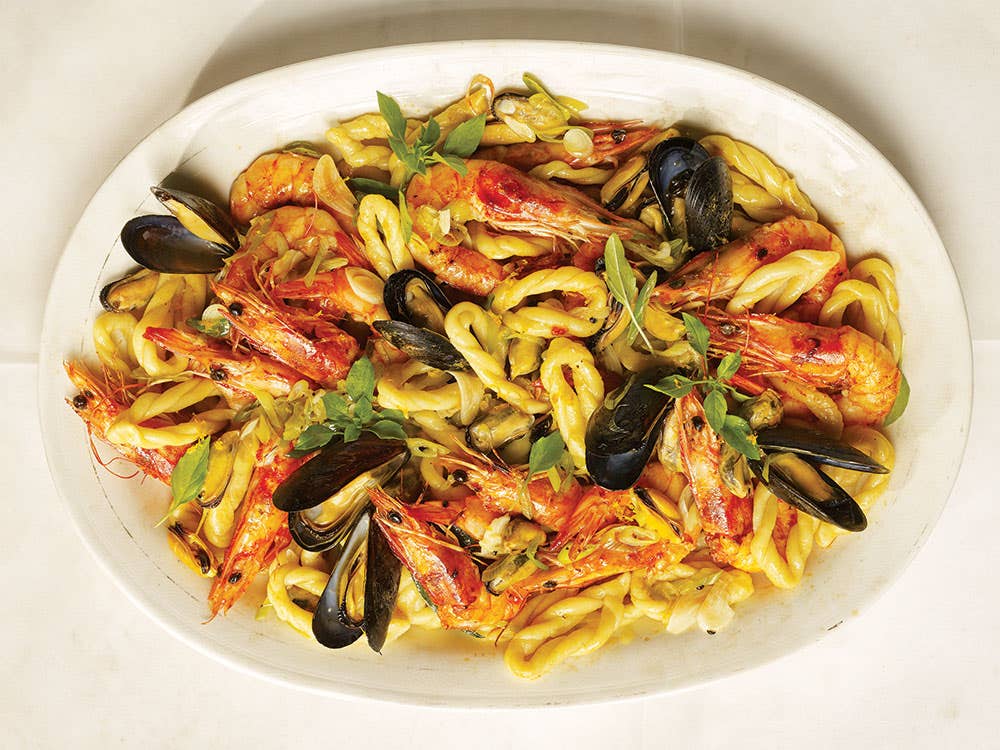
Inland Sardinia, where luxury beaches are out of sight and granite cliffs and ridges, thick shrubbery, and farmhouses form the landscape, many local cooks still hew to the ancient customs of the agricultural region. In the unspoiled west-central community of Siddi in the province of Oristano, chef Roberto Petza of Ristorante S'Apposentu, at the hotel and masseria (farmhouse) Casa Puddu, creates dishes that reflect the island's coastal and rural identities.
Among Petza's more modernist dishes, his lorighittas pasta showcases a classic local shape. Once exclusively produced by women in the nearby town of Morgongiori, lorighittas are elaborate loops made from a rustic mix of semola flour (known as trigu murru or trigu arrubiu in Sardu, the local dialect) and hot water. The name refers to the long, ropelike rings once used to tether horses and yoke oxen back from the fields.
Though lorighittas are traditionally served with an uncomplicated pomodoro sauce or tomato sugo speckled with ground or braised wild boar meat, this version adapted from Petza combines head-on shrimp, sweet mussels, basil, and fresh orange juice and zest—a nod to Sardinia’s glorious Mediterranean coastline.
Get the recipe for Lorighittas with Shrimp, Mussels & Orange »
Mezze Maniche All’Amatriciana a Modena
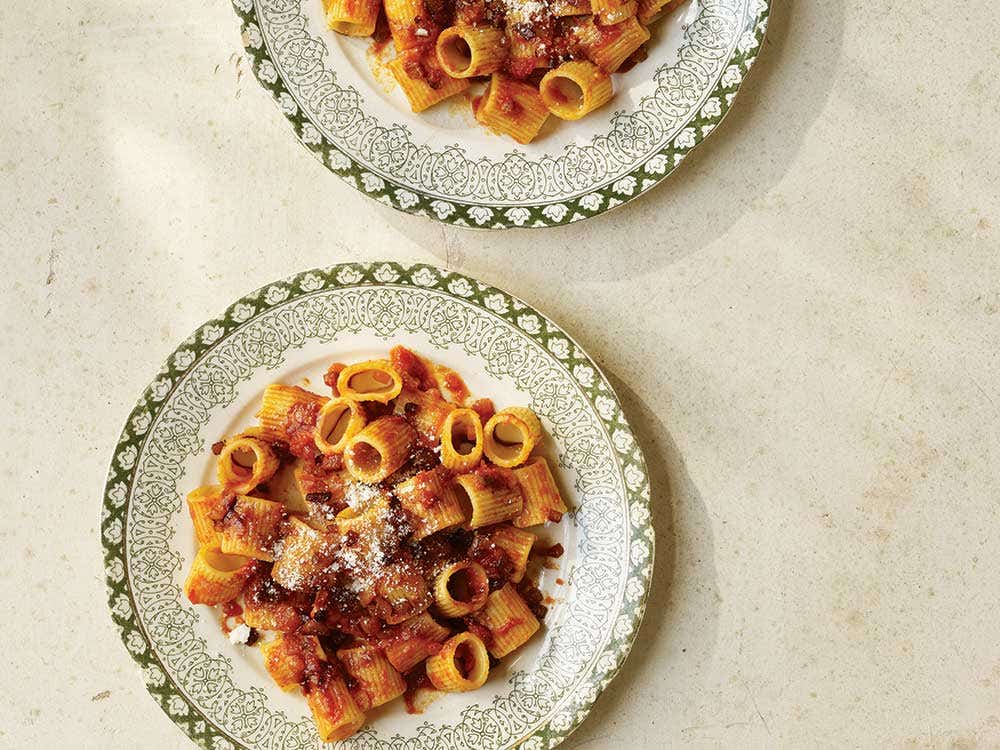
“Our region is called Italy’s food valley,” says Massimo Bottura, renowned chef-owner of Osteria Francescana in Modena. For cooks in Emilia-Romagna, the trove of traditional foods produced in the area—like Parmigiano-Reggiano, prosciutto di Parma, and balsamic vinegar—fuel a not-so-modest culinary pride.
At Franceschetta 58, Bottura's more casual osteria, the chefs riff on dishes from all over Italy using local products—to sometimes mixed reactions from Italian traditionalists. One of the stars is a play on the revered pasta all'amatriciana, born some 2,000 years ago in the mountain town of Amatrice and later adopted by the citizens of Rome. Shepherds found sustenance in this simple pasta with pork, pork fat, and Pecorino Romano. An account from 1816 credits chef Francesco Leonardi for updating the dish, using tomatoes for the first time. He served his newfangled version—with onions and guanciale, cured jowl—to the Pope's court. It's since been considered practically sacred, and the Romans are notoriously touchy about messing with it.
Bernardo Paladini, the Roman sous chef who created this amatriciana interpretation, is not afraid of playing with tradition. "Bernardo came to Modena a Roman chef with an open mind," Bottura says. His singular touches included slowing the cooking of the sauce way down to deeply caramelize the onions and tomatoes, lacing it with sweet-and-tart balsamic vinegar—produced by Bottura's family business—and the addition of both Parmigiano-Reggiano and Pecorino Romano. "The young Romans who come to the restaurant judge the dish on its flavor alone and say it is fantastic," Bottura says. "But, for sure, the older generation, who holds on more closely to tradition, they complain."
Get the recipe for Mezze Maniche All’Amatriciana a Modena »
Blutnudeln with Blood Sausage Bolognese
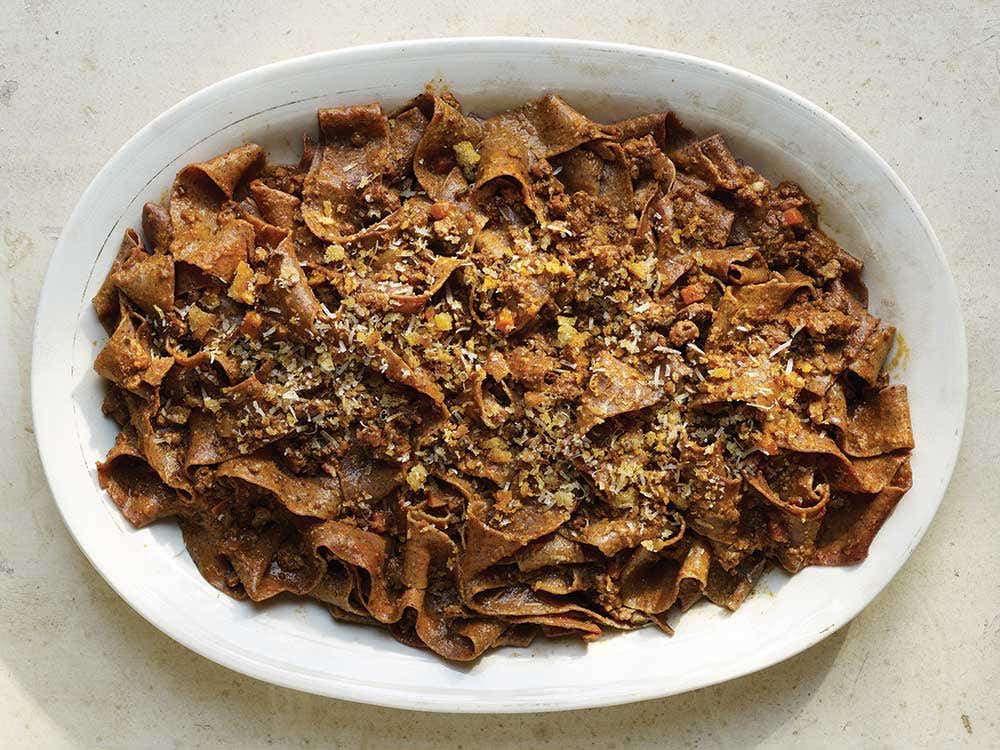
A dumpling's throw from Austria and Switzerland amid the peaks of the Dolomites, Trentino can seem more Germanic than Italian. The local diet is heavy on sauerkraut, goulash, and strudels, and pasta is made with hearty rye flour. One particularly distinct local rye pasta struck chef Matthew Accarrino, the Italian-trained chef of San Francisco's SPQR: blutnudeln or bludnudlen, otherwise known as pasta al sangue or fresh pig's blood noodles.
The purple-tinged, rye-flecked pasta was traditionally made whenever pigs were slaughtered, then dressed up with cows’ milk cheese, butter, and sage. From Trentino, Accarrino traveled south to Tuscany and encountered the grilled, spiced pork blood sausages at Ristorante il Granaio in the town of Bolgheri. The twin experiences inspired him to create a pasta dish that fused the two traditions: pig’s blood pasta served with a slow-simmered blood sausage ragù. “Italy has always been a culture of utilization,” he says. “Anything I come up with for my restaurant is usually a blend of experiences.”
Accarrino grinds the shoulder, fat, and skin of the pigs, seasoning the mix with the blood, pepper, and herbs, then braises it in red wine and spices, but in this adapted version of his restaurant recipe, pre-ground pork works well. The finished ragù is rustic, rich, and lightly minerally, with the faintest hint of iron.
Get the recipe for Blutnudeln with Blood Sausage Bolognese »
Spaghettoni with Jasmine, Saffron, Chamomile & Calendula
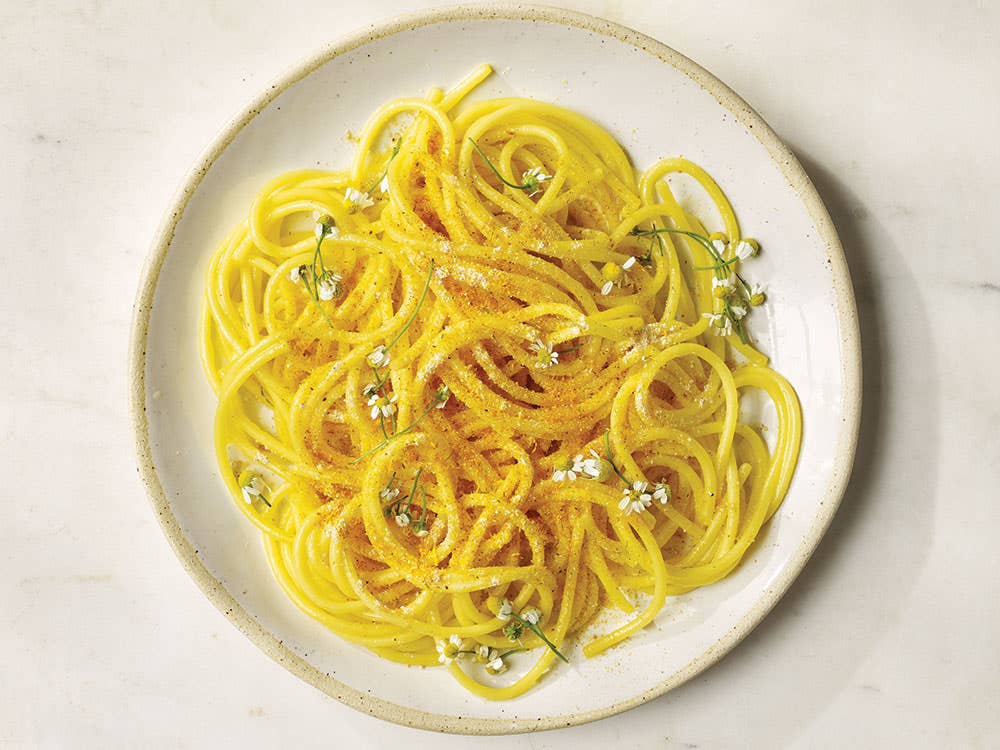
Tucked up near the border with Slovenia in the northeast corner of Italy, Friuli–Venezia Giulia is a fertile alpine region of natural wonders: sprawling pine forests, sparkling lagoons, and kaleidoscopic gardens. Antonia Klugmann was wandering through the wildflowers in her rural village of Dolegna del Collio when inspiration for this flowery pasta dish struck.
“It was the point in the season when jasmine and chamomile are both in bloom,” says Klugmann, the chef at Michelin-starred restaurant L’Argine a Vencò.
"The use of herbs and flowers is very traditional in the country areas of our region," says Klugmann, who improvises menus around local produce and what's grown in the restaurant's gardens. "The use of spices like saffron is connected to the cramars," she adds, referring to traveling peddlers who historically carried spices and other goods from central Europe across the northern Italian border. Today, crocus flowers are abundant and the saffron harvested from them is used for pasta dishes. Klugmann dries bright yellow calendula buds to use in a similar way: "These were considered the poor man's saffron," she says.
For her spaghettoni gelsomino, zafferano, e calendula, the chef parboils strands of pasta, then finishes cooking them in a jasmine-and-saffron-infused water as bright orange as a bowl of beaten egg yolks. Her final touches: melted chamomile-infused butter for moisture, toasted cornmeal for crunch, and dried ground calendula for some added texture. The first two garnishes are borrowed from a popular regional gnocchi dish. “My cuisine has always been strictly connected to the territory where I work.”
Get the recipe for Spaghettoni with Jasmine, Saffron, and Chamomile »
Keep Reading
Continue to Next Story









